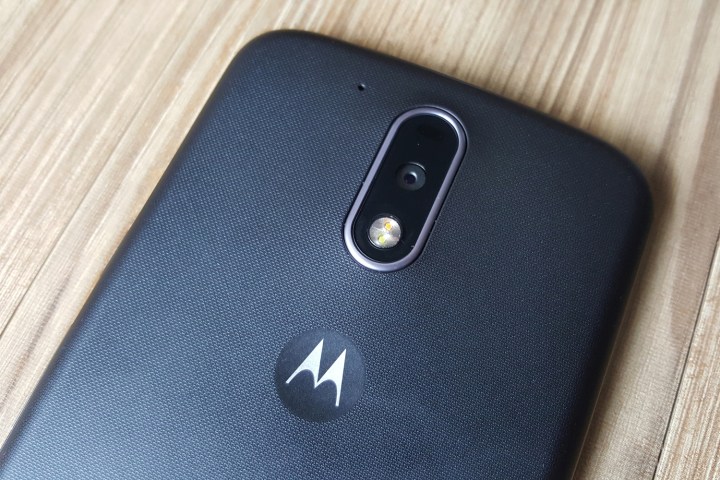
After a scant 29 months, the love affair between Google and Motorola has ended. On August 15, 2011, Google announced its intent to acquire Motorola Mobility for $12.5 billion. Today, it announced its intent to sell it to Lenovo for $2.91 billion. Yes, Google wanted Moto out so badly it took a $7 billion plus hit to be free.
As a part of the separation, Google will retain all of Motorola’s stuff (it’s patents, especially) and Lenovo has promised to take on Motorola’s name when they wed.
“The smartphone market is super competitive, and to thrive it helps to be all-in when it comes to making mobile devices,” said Google CEO Larry Page. “It’s why we believe that Motorola will be better served by Lenovo – which has a rapidly growing smartphone business and is the largest (and fastest-growing) PC manufacturer in the world. This move will enable Google to devote our energy to driving innovation across the Android ecosystem, for the benefit of
Page went on to say that Lenovo has the expertise needed to scale Motorola and make it a “major player” in the Android ecosystem, and intends to keep Motorola’s distinct brand identity, just as it did with the ThinkPad brand it bought from IBM in 2005. Google will retain the “vast majority” of Motorola’s patents, which it will then use to “defend the entire
We do not have sales figures of the Moto X or Moto G. From what we understand, sales for these phones started out slow, but they were beginning to take off. In a Google blog post, Page said that “both the Moto G and the Moto X are doing really well, and I’m very excited about the smartphone lineup for 2014.”
The deal has to be approved by the U.S. and China, which will take up to a year — if you recall, Google’s 2011 acquisition of Motorola wasn’t completed until May 22, 2012.
“So until then, it’s business as usual,” Page said. “I’m phenomenally impressed with everything the Motorola team has achieved and confident that with Lenovo as a partner, Motorola will build more and more great products for people everywhere.”


